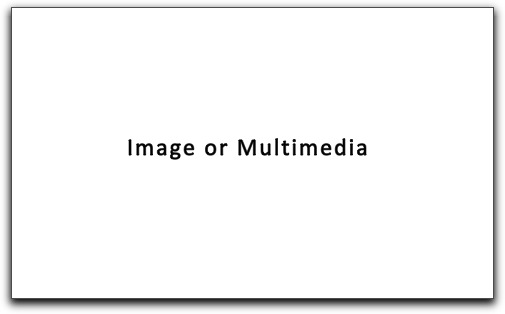Chapter 1. Attitudes and Prejudicial Behavior
1.1 Attitudes and Prejudicial Behavior

Short Description
The clip begins with a reminder of America's history of treatment of African Americans.
Long Description
The clip begins with a reminder of America's history of treatment of African Americans. Less well known is the story of the internment of Japanese-Americans during World War II. A Japanese-American woman recalls how at age 6 she and many others were loaded on to crowded trains, ordered to close the blinds and then taken to be imprisoned in remote camps. A Japanese-American doctor tells how the FBI came to his family's house and took his father away. His father was held for 3 1/2 years, yet was never charged with a crime. It is noted that of the various nations at war with America during WWII only Americans of Japanese origin were interned. There was already anti-Japanese American sentiment prior to the war probably because they, like African Americans, were a visible minority. A psychologist explains that attitudes are collections of thoughts and beliefs that are created around specific items in our environment. Once formed we then use attitudes to organize information. The concept of in-group and out-group is explained as developing because the more we see people as similar to us the more we tend to like them.